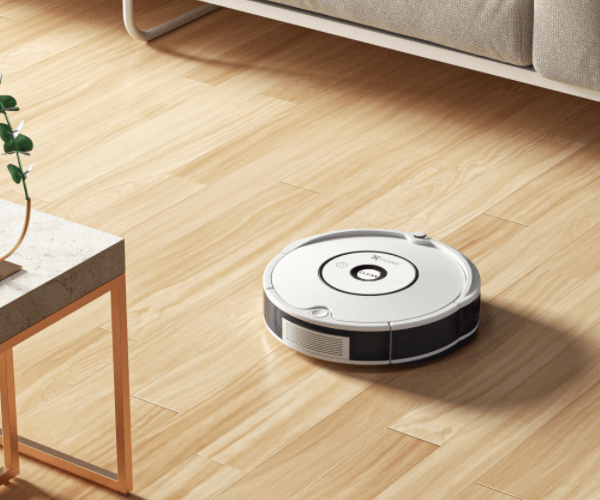Introduction: Why Make a Servo Rotate 360 Degrees?
In the world of robotics and electronics, servo motors are heroes that bring mechanical motion to life. Usually, when we think of servos, the image that strikes is a precision motor that sweeps from 0° to 180°, ideal for robotic arms, camera gimbals, and other angular adjustments. But what if you could push past that limitation and rotate your servo a full 360°, making it spin like a wheel or an endless driver in your project?

This capability opens a new realm of possibilities — from creating continuous rotation wheels in mobile robots to crafting automated rotating platforms and art installations. The challenge, however, lies in understanding how to control a standard servo motor to achieve this behavior, as most hobby servos are designed to rotate only within a limited range.
Thankfully, with some clever wiring, programming, and a bit of understanding about servos' underlying electronics, you can configure them to spin freely and smoothly around a full circle. It's a fascinating mix of hardware and software tuning that, once mastered, can dramatically expand your Arduino-based creations.
Understanding the Basics of Servo Motors
Before jumping into the solution, let's review what a servo motor is and how it works. A servo motor typically consists of:
A DC motor with an internal gear train A potentiometer (or encoder) for position feedback A control circuit that interprets PWM signals
In standard hobby servos, the control circuit reads PWM (Pulse Width Modulation) signals where the width of the pulse determines the position of the servo's horn. Usually, a pulse every 20 milliseconds with a width between 1ms-2ms commands the servo to move between 0° and 180°. When powered, the servo's internal circuitry attempts to position the horn to match the commanded angle.
Limitations of Standard Servos
Most hobby servos are designed for limited rotation and have built-in mechanical stops at around 180°, making them unsuitable for continuous rotation out of the box. So, how can we make a servo perform 360° rotation?
Two Pathways to Achieve 360° Rotation
Using a Continuous Rotation Servo: Some servos are designed for continuous rotation—they interpret PWM signals differently, where the pulse width controls speed and direction rather than position.
Modifying a Standard Servo for Full Rotation: Standard servos can be modified by removing or disabling the internal mechanical stops and repositioning the potentiometer to allow for full rotation.
In this article, we'll focus on the second approach, providing a detailed method to modify a standard servo for full 360° rotation and control it reliably with Arduino.
Choosing the Right Servo for the Job
Not all servos are suitable for modification. Look for a servo with:
A sturdy metal gear train Clear documentation or community guides on modification Good torque and reliability
Popular models that are often modified include the MG90S, MG996R, or similar servos. These are affordable, widely available, and have ample community support for modification.
Tools Needed
Small screwdriver set Needle nose pliers Soldering iron (if rewiring or re-potting) Hot glue or epoxy (for sealing after modification) Multimeter (for verifying electrical connections)
Safety Tips
Be cautious when opening the servo to avoid damaging internal gears or electronics. Handle the internals carefully to prevent static damage. Keep small parts organized to prevent loss during disassembly.
Step-by-Step Guide: Modifying a Standard Servo for Continuous Rotation
In the next section, we will go through the full process, including disassembly, mechanical modification, potentiometer repositioning, reassembly, wiring, and configuration using Arduino code. This process ensures your servo not only rotates freely but also can be precisely controlled with PWM signals through Arduino.
Established in 2005, Kpower has been dedicated to a professional compact motion unit manufacturer, headquartered in Dongguan, Guangdong Province, China.




































